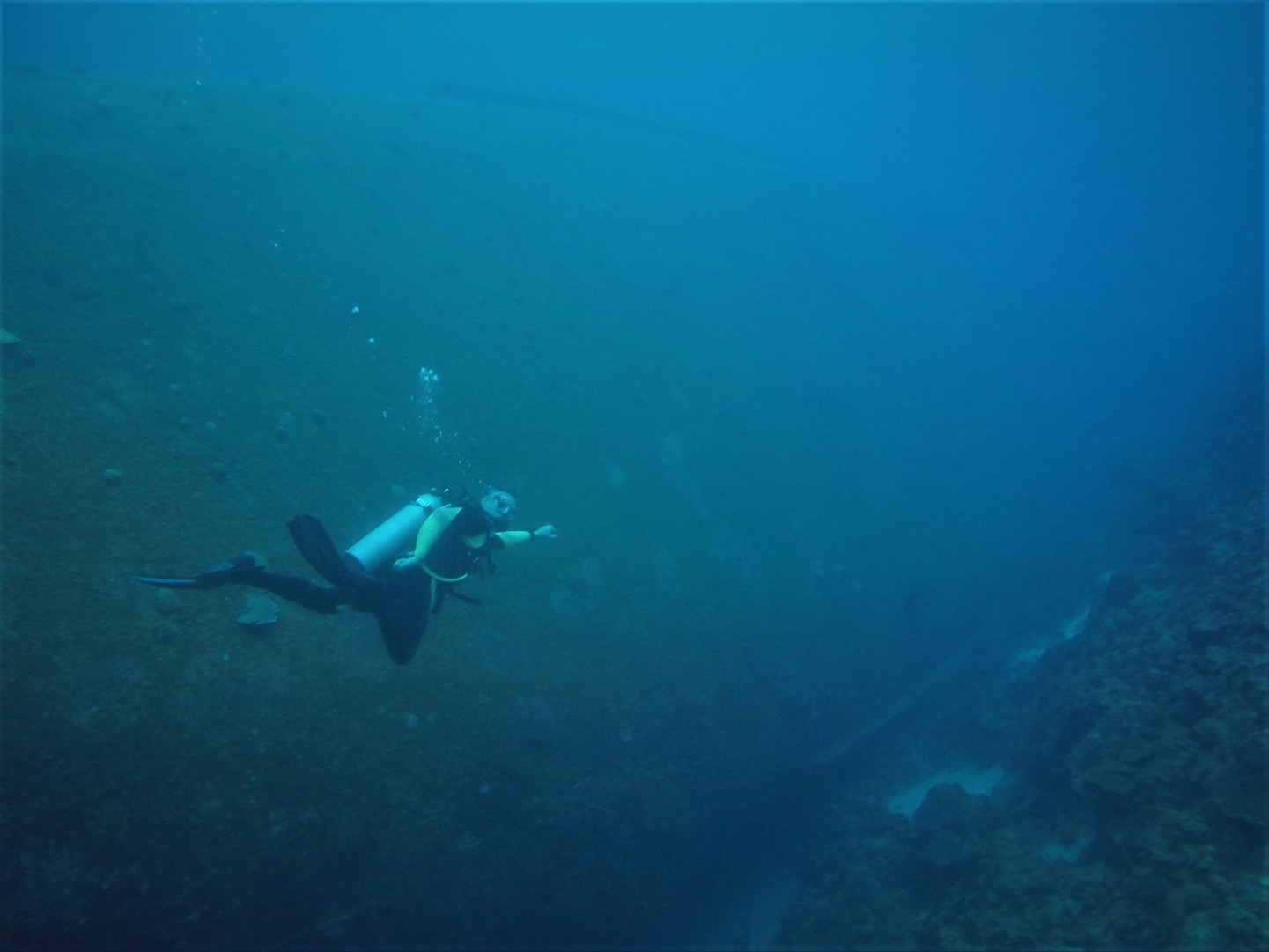
Excuse the slightly juvenile double entendre, but it can’t always be arthurian lore and Jewish mysticism you know. BTW, guess what, we were in Bonaire…
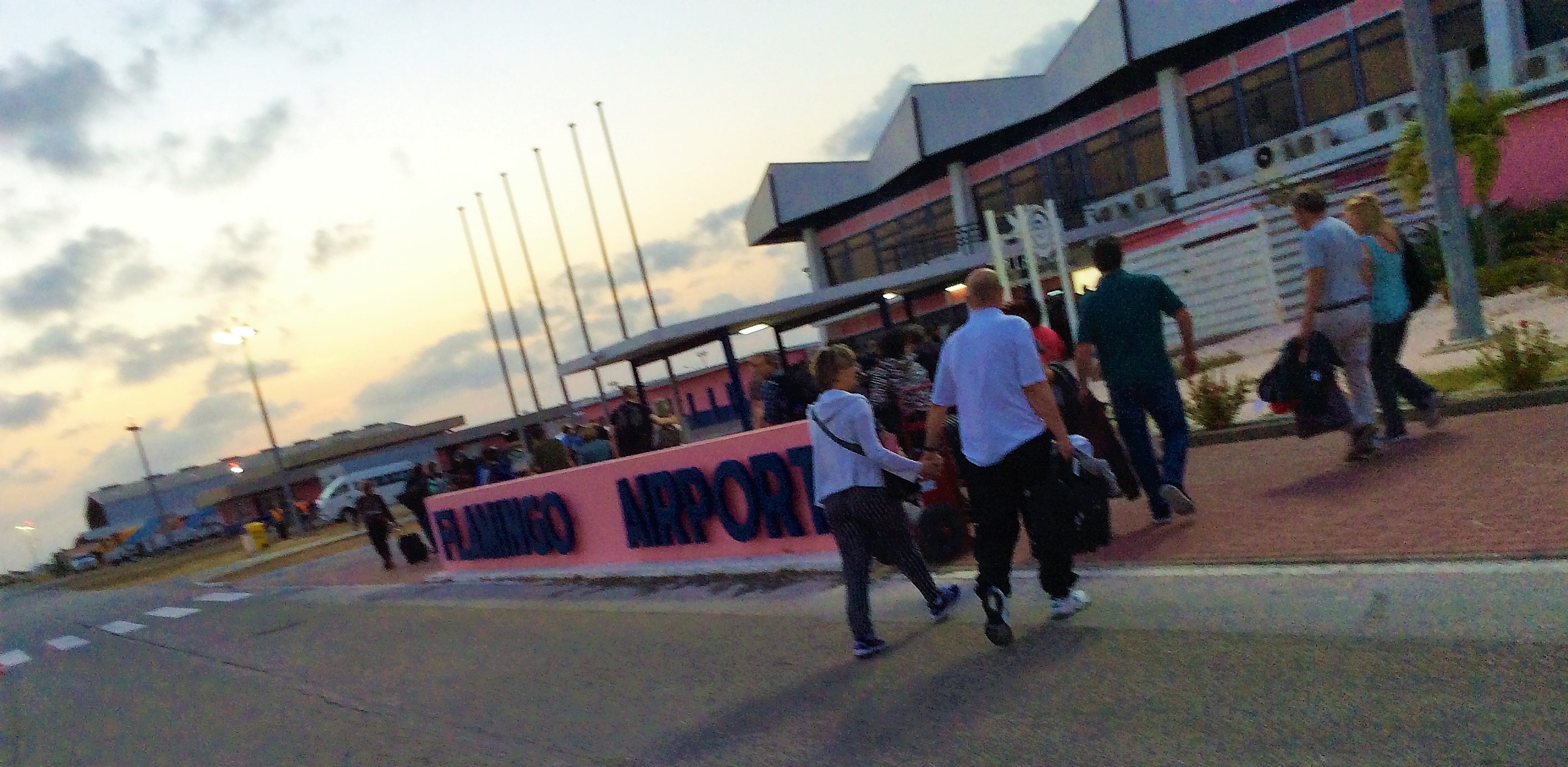
Everything was perfect that day. It was my birthday, I was in the tropics rather than the frigid north (at that time in the grips of an ice storm), I had the best buddy divers with me and a pick-up truck (did you know they are called “utes” in Australia? Me neither). There really aren’t many ways to top that.
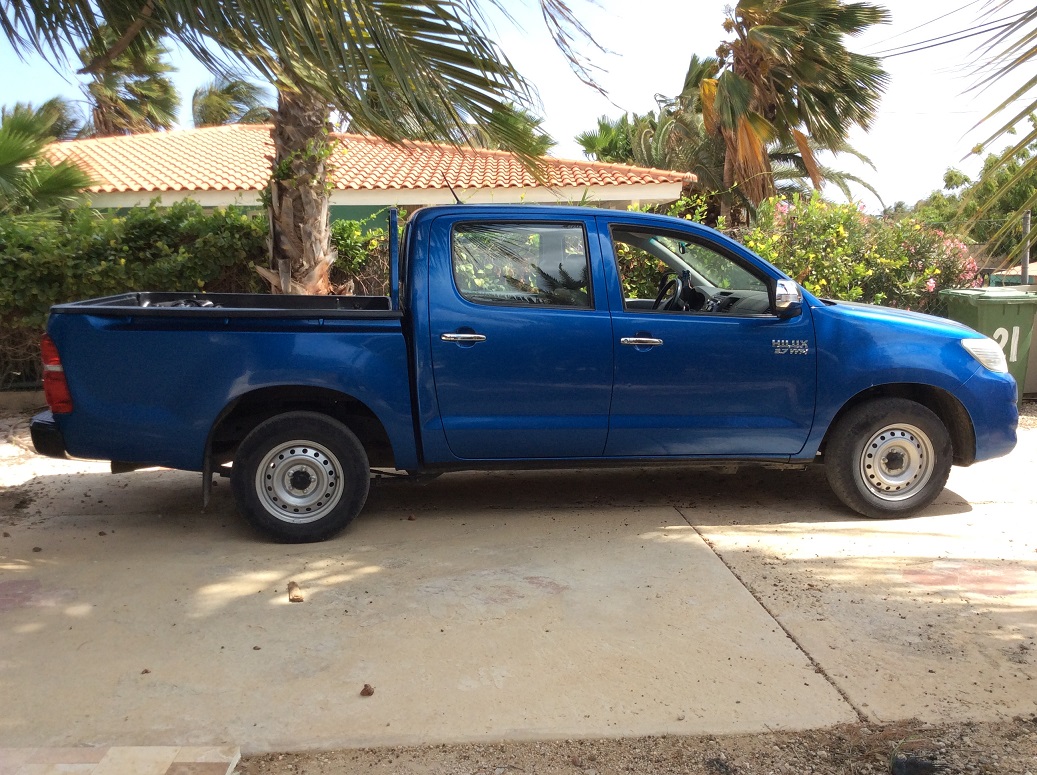
We got up when we got up, there was no “hurry up and wait” rushing to a dive shop to catch an 0800 boat that actually usually leaves at 1000, except on the day where you show up late of course. Shore diving is a beautiful thing. After a light breakfast and some time for coffee to kick in, we packed up the awesome truck (I wish they sold Hilux’s in North America) and headed south to an apparently uninteresting parking spot next to the road. It was marked by one of the yellow rocks that stud the island like so many breadcrumbs and had “Hilma Hooker” painted on it in black letters. Within easy swimming distance of the shore, right after an underwater cliff and invisible under the blue grey waves, was the final resting place of a 236 feet cargo ship that sank in 1984, called you guessed it, the Hilma Hooker.
Now that wasn’t the ship’s original name, and as any sailor will tell you, changing a ship’s name is baaaaaaaaaad luck. Built in the Netherlands in 1951 its first name was the Midsland, and it seems to have gone through quite a few names (and owners). Mistral, William Express, the Anna C., and the Doric Express are some of the names I found before it was renamed Hilma H.
Maritime lore has it that ship names are written down by Poseidon, and changing a name is thus the equivalent of trying to pull a fast one, attempting to modify its reputation or destiny, and just wanting to fool the god of the sea so to speak. If you’ve read your Greek mythology you know that there are two things Greek gods *really* frown upon, hubris, or lack of respect from humans (don’t ever boast of being better than a god, just ask Arachne), and human parricide (hello Oedipus). See, I can rise above tawdry jokes. Anyways, with so many name changes, Hilma’s luck was destined to be rotten.


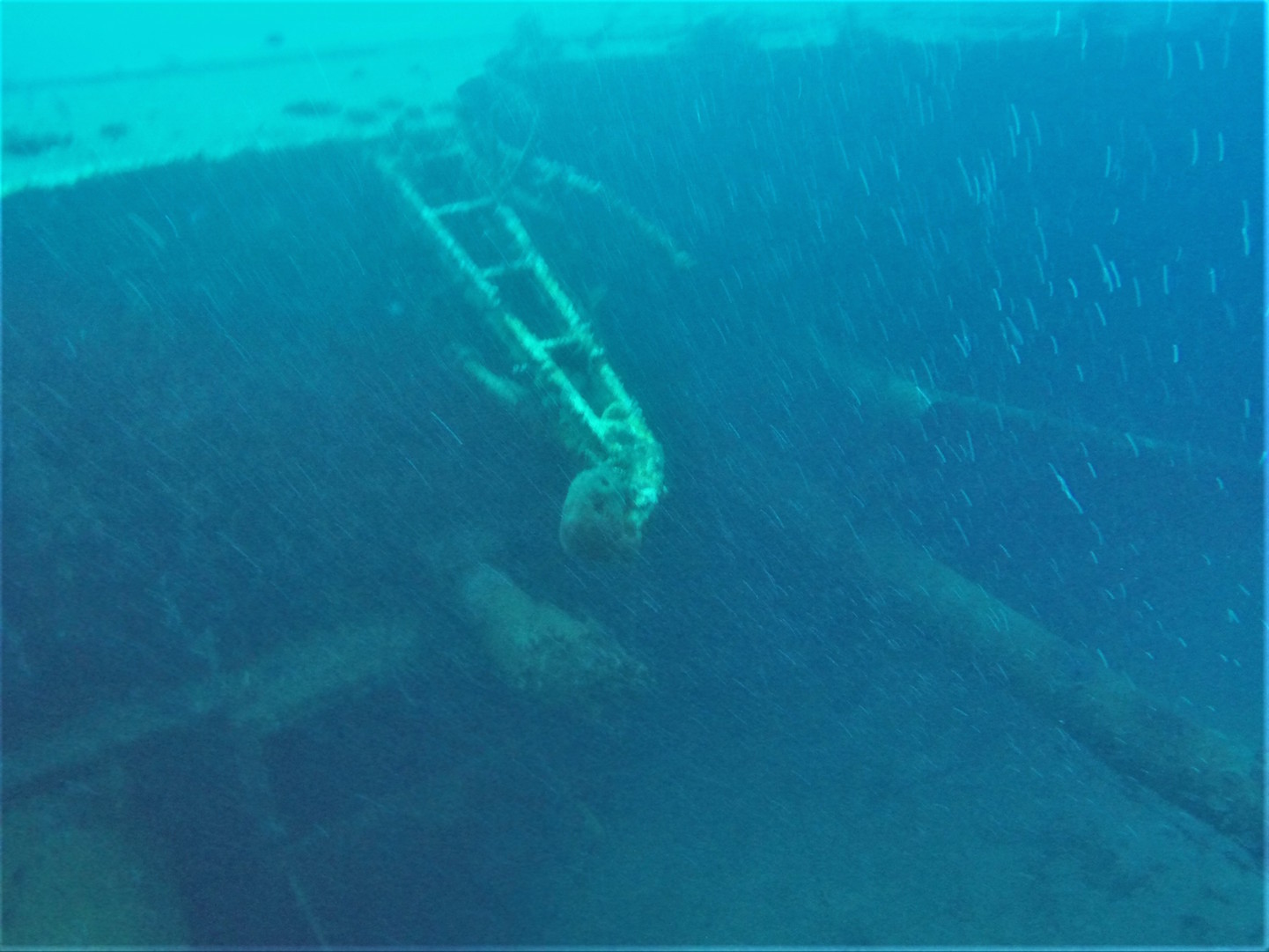

In 1975, it sank for the first time, off the coast of the Dominican Republic but was refloated and sold. Slightly used cargo ship for sale and all that… It seems to have kicked around the Caribbean for the next 10 years or so, until some technical difficulty forced it to dock in Kralendijk, the more recent capital of Bonaire (the first capital was Rincon, which was inland as to be less vulnerable to pirates). It’s unclear exactly what happens next (rotten luck?), but somehow authorities got suspicious, paid extra attention to the Hilma, and sniffing around the ship they found some weed. 25 000 pounds of weed, hidden behind a fake bulkhead (fancy nautical term for a wall inside the hull of a ship). The ship was promptly seized, the crew arrested, and the owners looked for. Unsurprisingly the owners were not really forthcoming, and it was uncertain against whom the legal proceeding could be brought. The Hilma had not been the best maintained ship in the world and it seems it was leaky and kept afloat mainly by pumps (pretty much like the Antelope for you Canadians). Early on, some people had lobbied to have the ship transformed into a man-made reef (i.e. cleaned and sunk), but as it was evidence in a trial that was not approved. However, the ship was now taking on water at an alarming rate, it was feared that if it sank in harbour it would become a major hazard to navigation. The decision was made to tow it out to an anchorage until the trial could be held. Well that’s one version of the facts, at this point stories diverge quite a bit with various levels of accident and conspiracy thrown in the mix. The main point is that shortly after it was towed south of Kralendijk, and anchored (not above the delicate coral reef and not too far from shore, all serendipitous things that happen to have plausible explanations), the pumps stopped working (the cause of which is debated), water started accumulating, the boat rolled on its starboard side and promptly sank. As such it is probably something between a real wreck and an intentionally sank ship. It had minimal fuel left in its tanks, but all the other furnishings were on board, there are thus many many potential hazards for those who would attempt penetrating the ship. A quick look inside one of the openings (at around 95 feet) instantly convinced me this would not be a good idea.
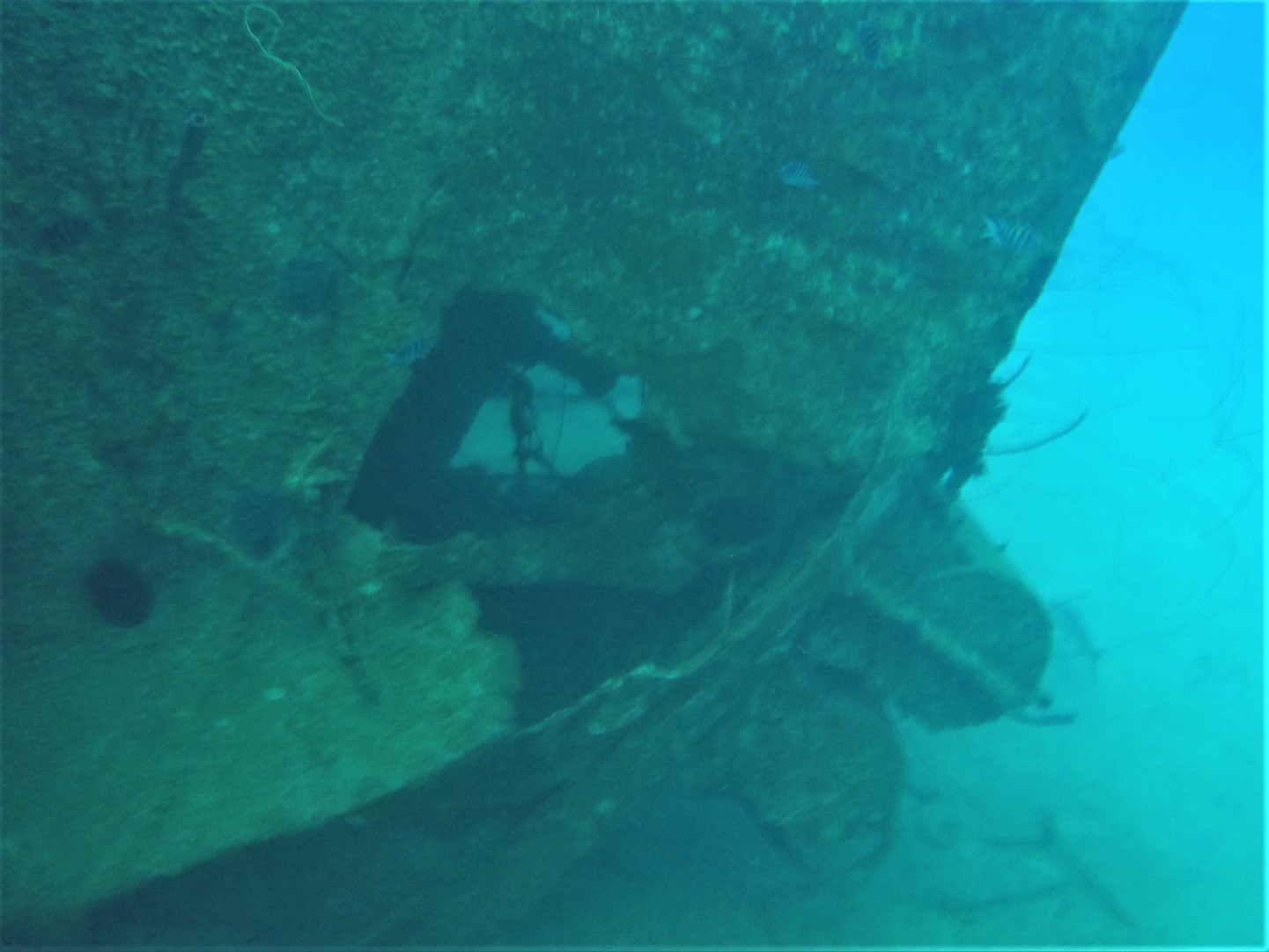
The Hilma is a surprisingly easy (as always, only if you are smart about it obviously) and fun dive. You can view the whole ship from no more than 50 feet deep, or follow its inclined mast, (the whole ship is lying on its side) down to 100 feet. Next to the western edge of the hull, towards the southern end of the ship, the sand was at 98 feet.
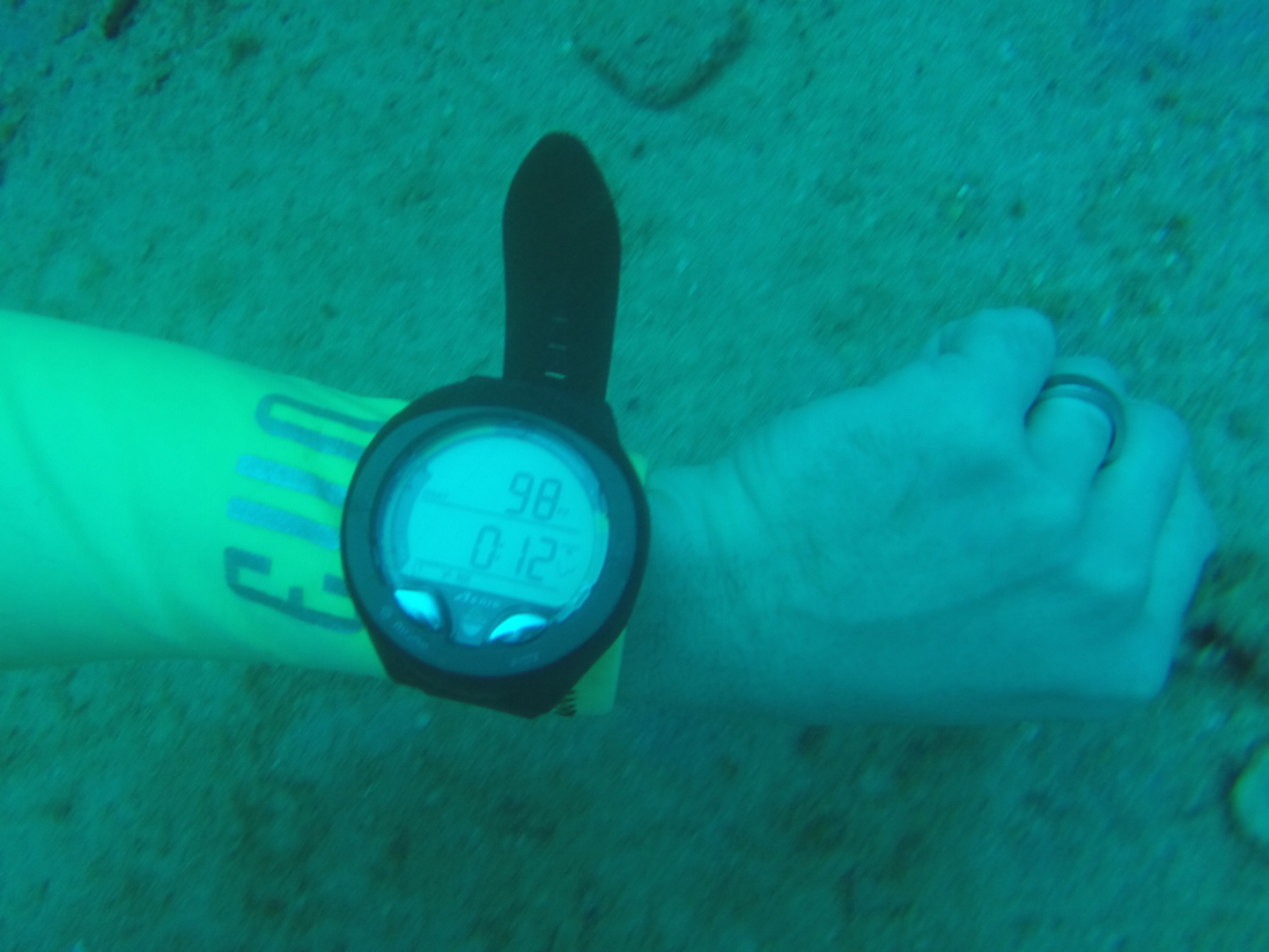
The water access from the beach is simple, couldn’t be easier, sit on the back of your truck, suit-up and waddle into the water. The swim out is comfortably short enough for (I would think) any diver. The bottom goes down slowly from the beach to a cliff’s edge (at maybe 40-45 feet deep, I did not measure it), beyond which the massive silhouette of the Hilma will greet you. Seeing the shape of a huge hull slowly coalesce out of the darkness into a sunken ship, remains one of my favourite scuba diving experiences.
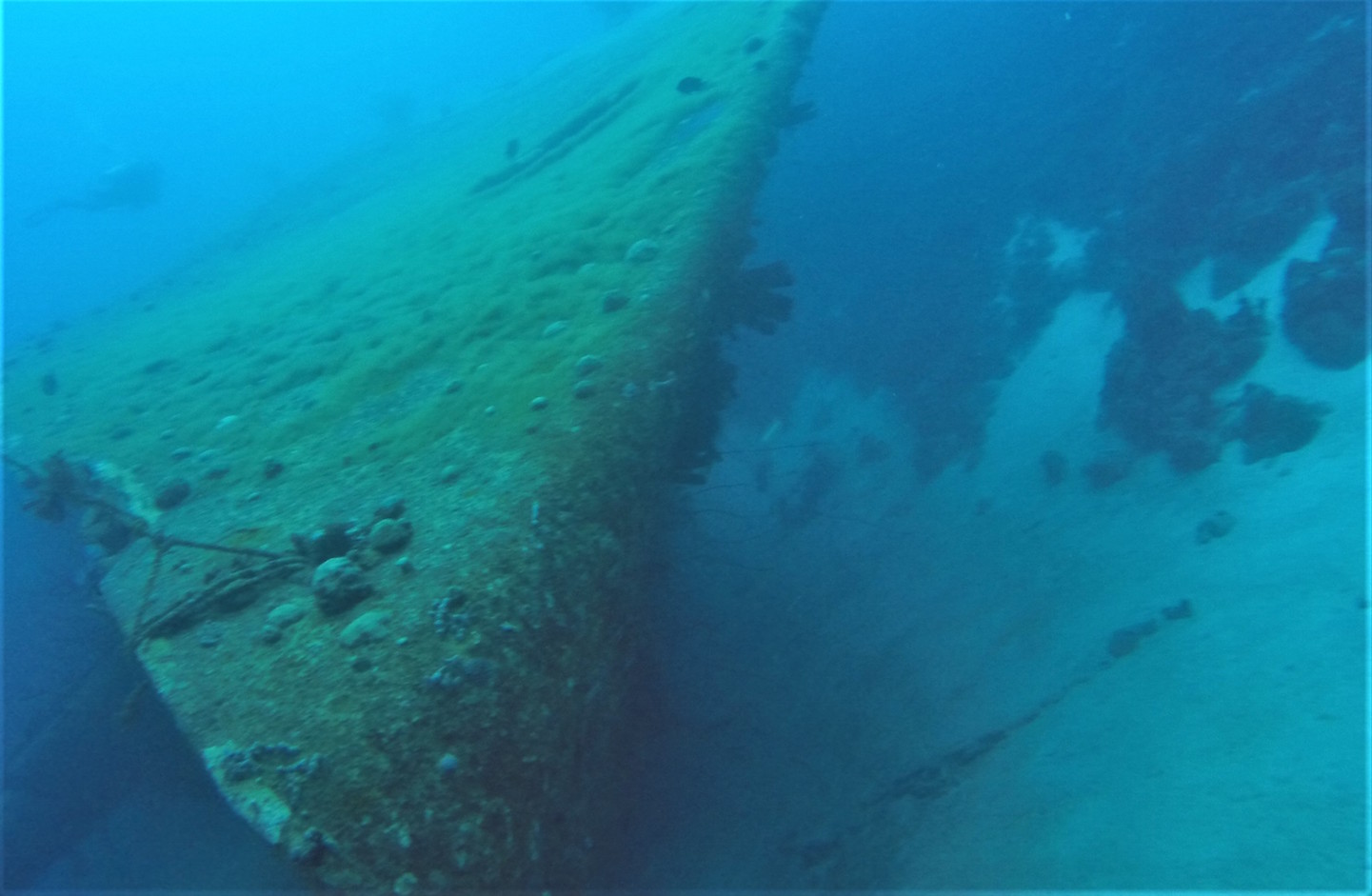
We soared over the cliff like you can only do in dreams, spotted many tarpons at the bottom, circling the ship apparently, and gently descended on the sleeping giant. Giant here is obviously a relative term, but the other wreck we saw on this trip was basically a large rowboat, so… The hull is showing coral growth, but not as much as I would have though considering how long the Hilma has been under, we pretty much followed to keel line to the encrusted propeller, and around the deck side of the ship a little deeper to see the wheel house and peek into the various openings. Like I said, the visible hanging impediments discouraged me from even thinking of getting into the ship. I’m sure other areas are less hazardous, but unless you really know what you’re doing it’s probably best to stay out, you’ll have a much nicer day. On some deep and flat wrecks, you end up with very limited no deco time, but as the Hilma is at an angle and not really, on average, that deep, we got to spend all of our usual air (meaning keeping within the usual safety margins) on the wreck, though we did level up a few times to avoid running into deco (or close to it). Current was completely negligible, and one tank was plenty to circle the wreck and then some. I just wish we had done a second dive on it to look at some parts in more details and enjoy the experience in a different way.
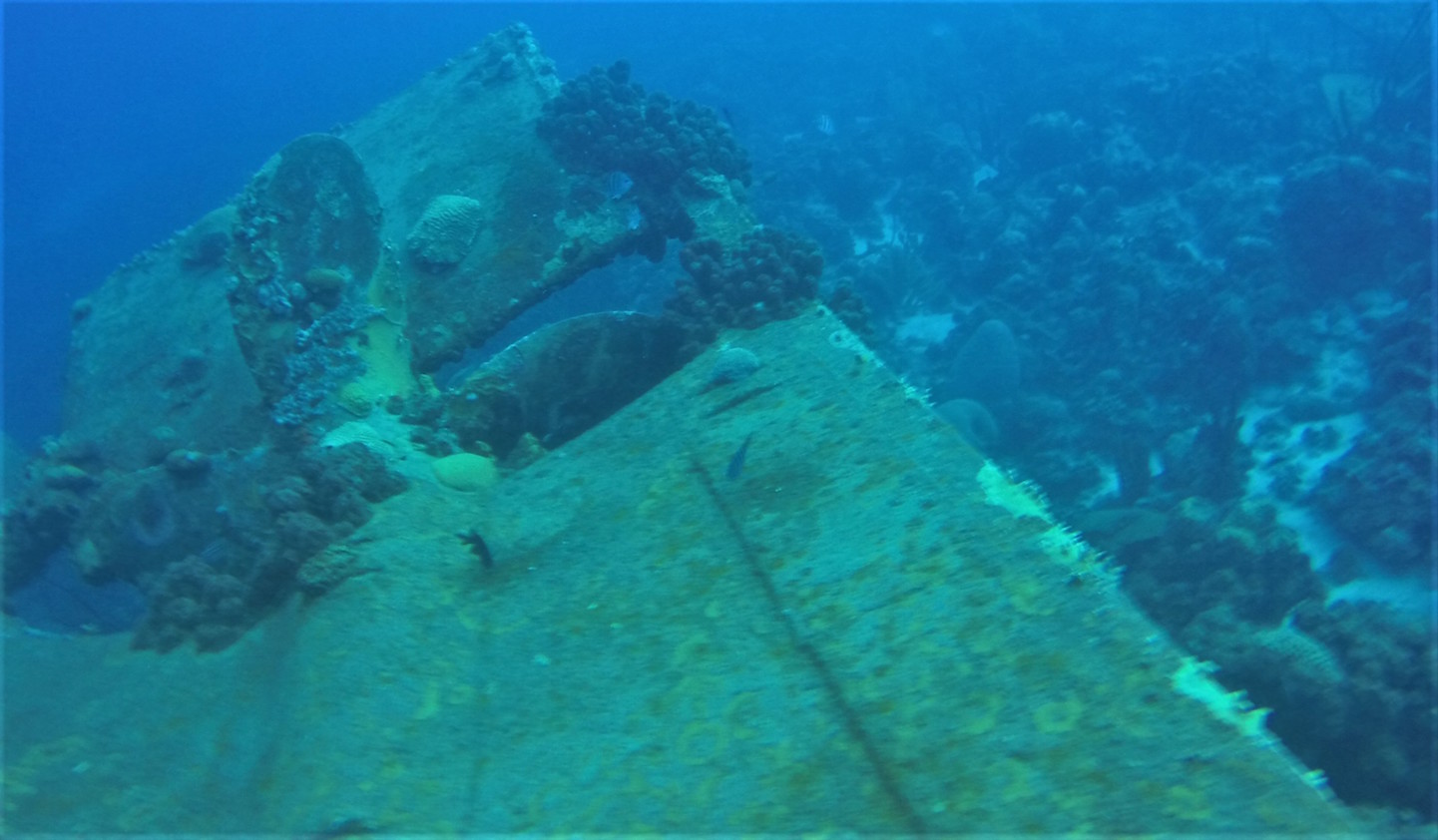
As you would expect the Hilma is a very popular dive site, if you want to have the wreck to yourself hit it early or around 1100, when most of the “first wave” divers and dive boats will have finished their tours and will be thinking of lunch. However even with quite a few divers around (including some from a boat) the wreck was large enough not to feel crowded, not even by the tarpons (the totem fish of Bonaire methinks).
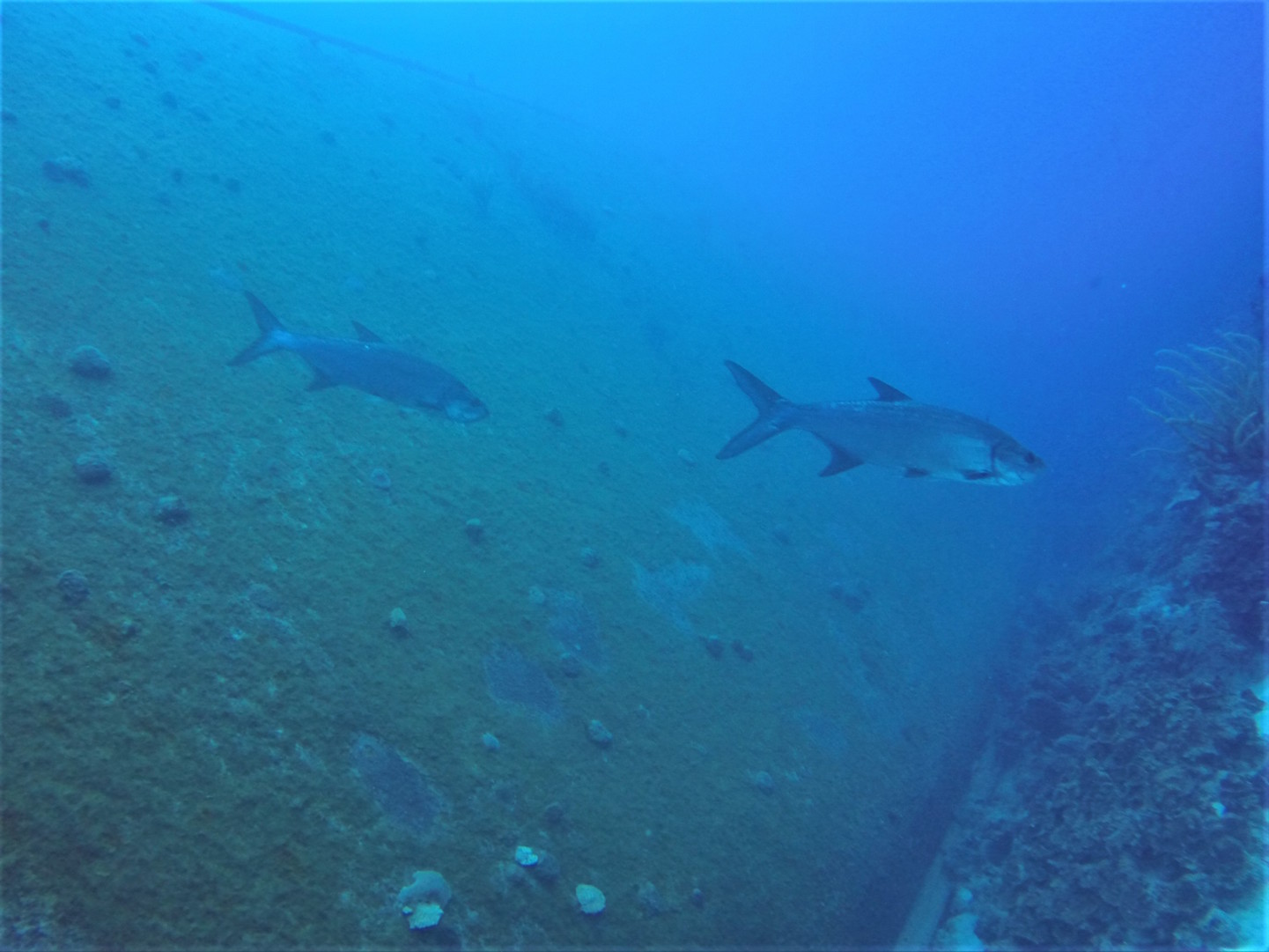
A great dive, I only wish we would have gone back.
A thought as I’m about to press the publish button, because of the wreck’s orientation, it might be interesting to dive the Hilma in the mid afternoon, so that the light comes from the deck side and not from the hull side. This might, somewhat, illuminate the cargo hold and bridge area, that otherwise are in shadows. Just a thought, I hope I’ll get to test it out one day.
Take care under the waves.
